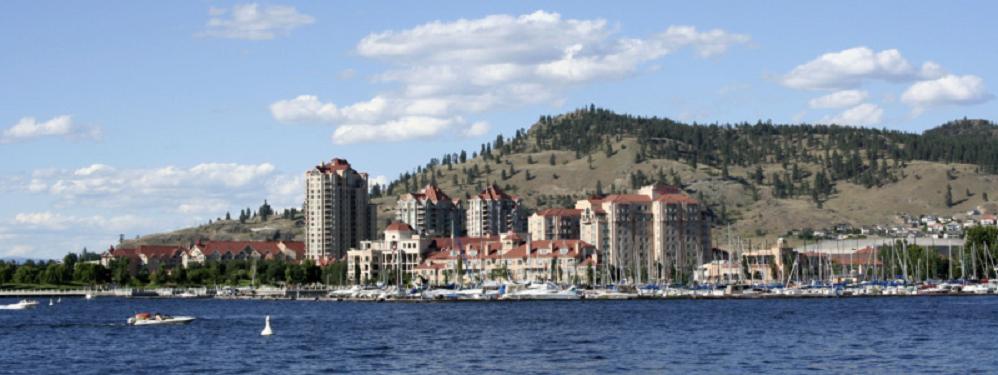The Secret Benefits of Blast Chilling
November 11, 2009 At a recent educational seminar on blast-chilling, I learned quite a few things about the decades-old technology that continues to grow in popularity among larger-scale, high-volume non-commercial foodservice operations such as schools, colleges, and hospitals. Most interesting; however, was learning about the number of other uses for blast chillers, aside from just adhering to food safety regulations.
So much more goes into the process of blast chilling and shock freezing other than quickly cooling foods to safe temperatures. Blast chillers are also useful for reducing waste, saving on labor, maintaining higher food quality, and creating a better work-flow in the kitchen. All of these underlying benefits of blast chillers equate to a more profitable bottom line for the foodservice operation using them.
I’ll get into each of those bottom-line enhancing benefits of using blast chillers, but first let me back-up and start with a basic run-down of the technology.
Blast chillers are refrigeration units with circulating, forced air that are capable of safely reducing the temperature of hot foods from more than 145 degrees to less than 40 degrees Fahrenheit within two hours, in accordance with HACCP guidelines. Functioning in a manner similar to blast chillers, shock freezers have the ability to lower food temperatures further. In any case, both help prevent foods from entering that danger zone of 140 degrees to 40 degrees where harmful bacteria can grow and cause foodborn illness outbreaks.
While blast chilling technology has generally remained unchanged over the years, modern units are faster than their predecessors. Many units can take food at a cooking temperature of up to 194 degrees and lower it to 37 degrees in no more than 90 minutes. Not only does this bring the food through the danger zone quickly, but it also stops the cooking process even more rapidly.
The difference between blast chilling and shock freezing is also a time and temperature issue. Shock freezing is the process of lowering the food’s core temperature to 0 degrees from 194 degrees in 4 hours or less. That said, there are many other benefits behind blast-chilling other than just food safety uses. Here are a few of them:
Better food quality. When not shock-frozen or blast chilled, the water content of food form macrocrystals, or larger ice molecules, that actually break down the cell structure of the food. During blast chilling and shock freezing microcrystals form and these smaller ice molecules prevent the cell structures from deteriorating. A perfect example of this is if you were to pull a steak out of your freezer at home and let it thaw on the counter at room temperature. A lot of liquid forms as a result of this, which is a direct result of food cells breaking down. As more of this liquid escapes the product, so does weight, aroma and consistency, all elements that make-up higher quality food.
Waste Reduction. Foods that are blast chilled can be stored in the freezer for longer periods of time without going bad, thereby reducing the amount of food that needs to be thrown out because of product degradation. If the product was shock frozen compared to blast chilled the product can be held longer with no loss in quality. Spoilage occurs at a much slower rate when food cells remain intact, which cuts down on waste.
Labor Savings. Blast chilling and shock freezing give foodservice operators the freedom to prepare food days in advance without a loss of quality. Banquets are perfect examples of how operators can capture these savings. For example, the chef could prepare the meal for a banquet using a skeleton staff a few days before the actual event. Then, on night of the banquet, only a few staff members would need to be available to re-thermalize the frozen, prepared meals for on-time delivery, thus eliminating the need for a fully-staffed kitchen during the event. Being able to forecast and prepare days in advance allows for a better process workflow as it allows the kitchen staff much more flexibility in terms of preparation time and place.
Menu Flexibility/Better Purchasing. Being able to blast-chill or shock-freeze products and store them for months at a time allows operators to buy and store larger quantities of foods while prices are lower. The longer-storage capability of this equipment, for example, can store summer food items, such as fresh produce and vegetables for use on menus during the wintertime without the added costs of shipping warmer climate products cross-country or overseas.
Sustainability. A continuing hot topic in the industry, part of the sustainability movement has included a focus on creating more seasonal menus, using fruits, vegetables, and other products at their natural peak times. Chefs can certainly create more seasonal menus thanks to blast-chilling technology’s capability of storing those seasonal foods over longer periods of time without quality loss. In addition, there has been an added push to serve local or regionally-grown foods. This is where the longer storage capability of blast chilling comes into use as well. Those living in colder weather areas such as the Midwest and Northeast know the challenges that come with storing farm-fresh foods from the summer for use on winter menus. With blast chillers, operators can buy products from a local famer in July, shock freeze them, and serve them on menus in December. In addition to cutting down on shipping costs as previously mentioned, this also cuts down on the operator’s carbon footprint by reducing C02 emissions that would occur with that cross-country shipping.
For more information on blast chillers, visit FE&S’ online Product Knowledge Guide.
Canadian Restaurant Supplies
Clifford Pierce
Phone : 250-979-8631
E-mail : cliff@crs-online.ca
Commercial Kitchens Kelowna Restaurant Equipment
http://commercialkitchens.blogspot.com/
















